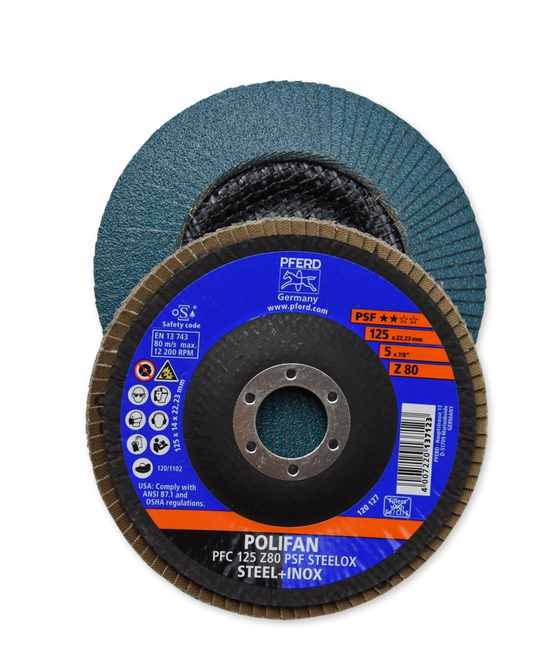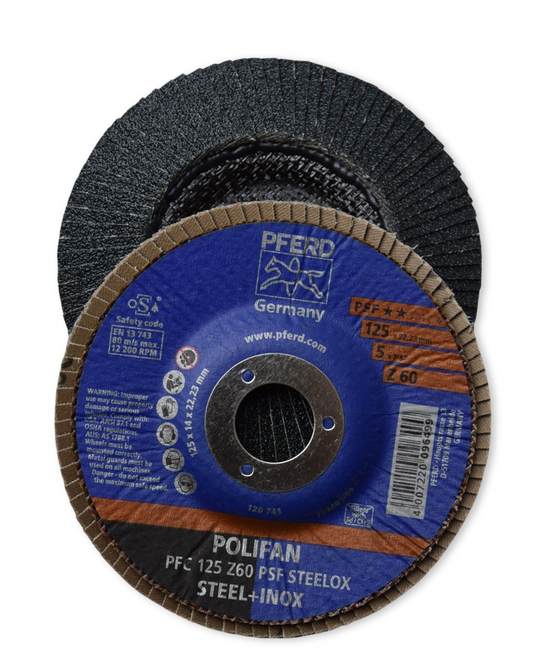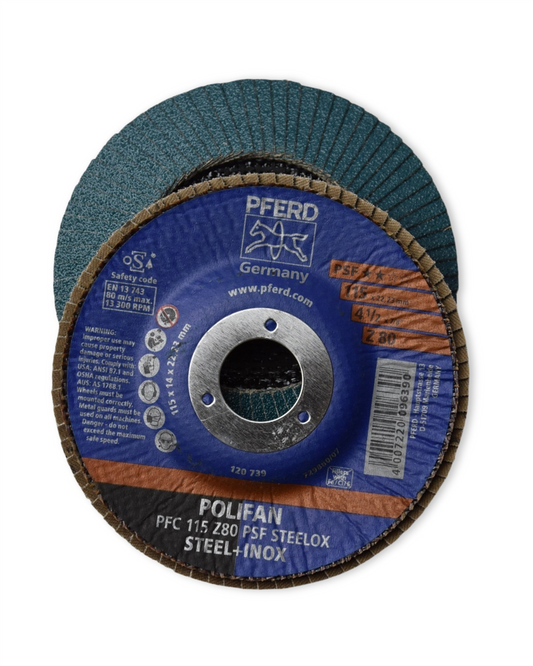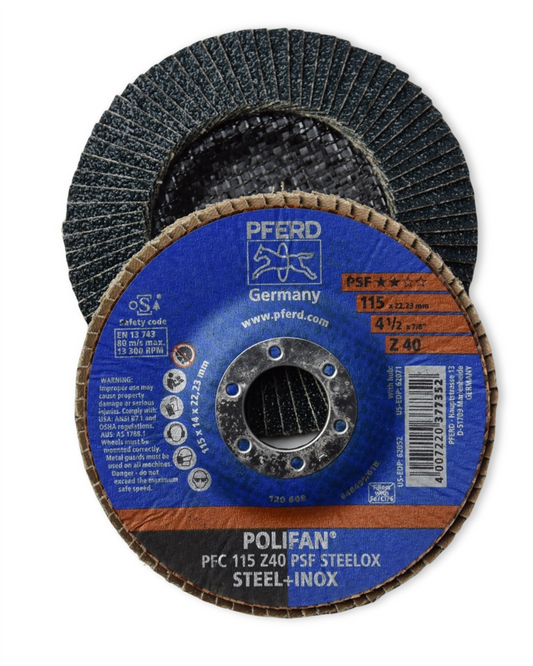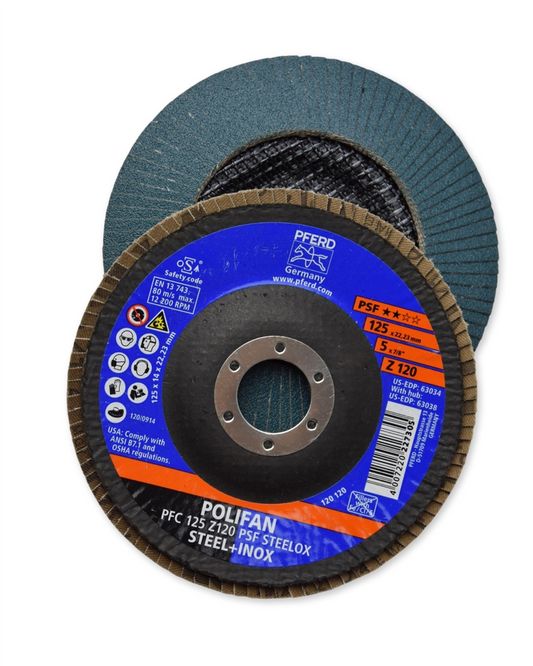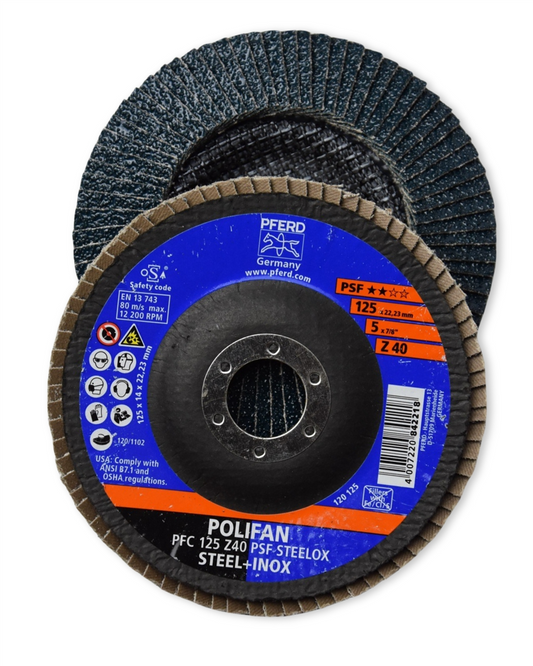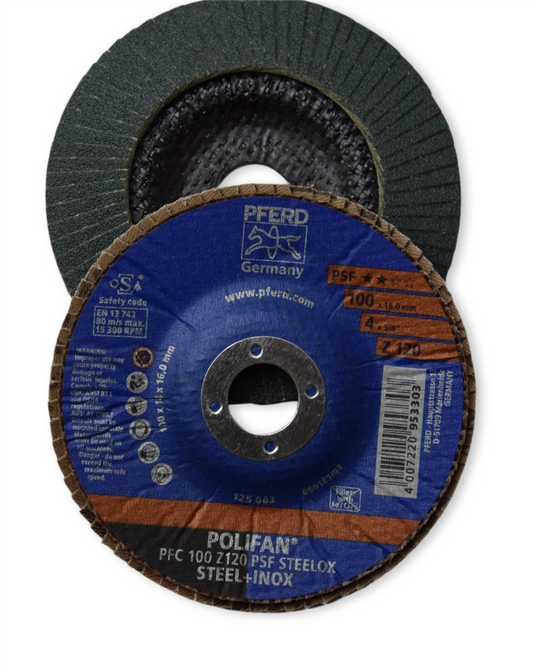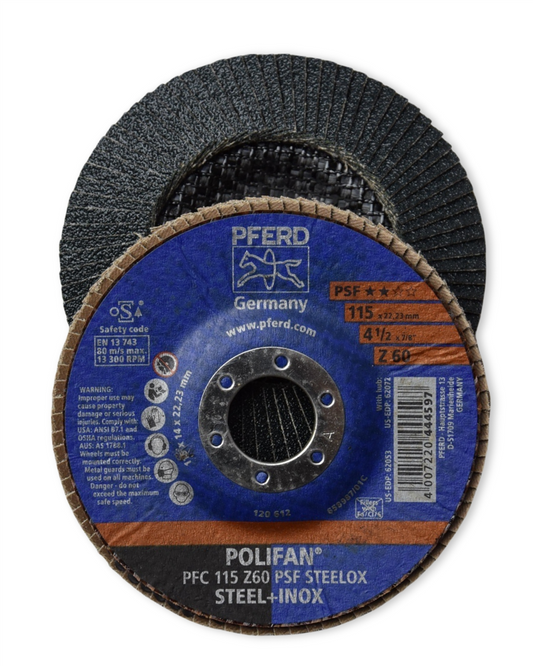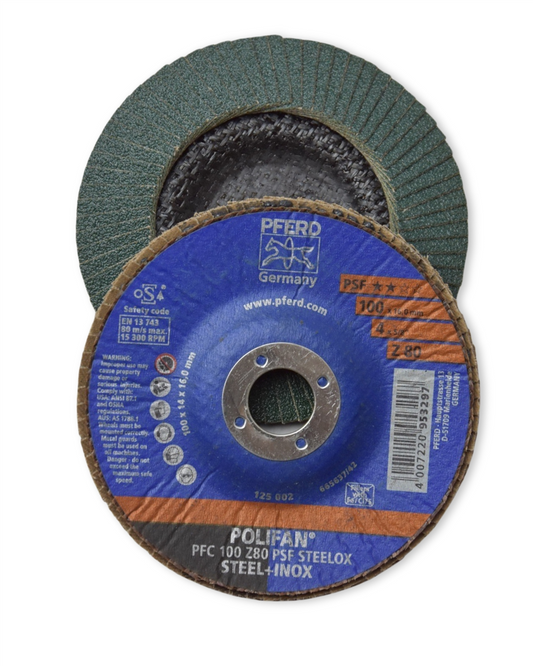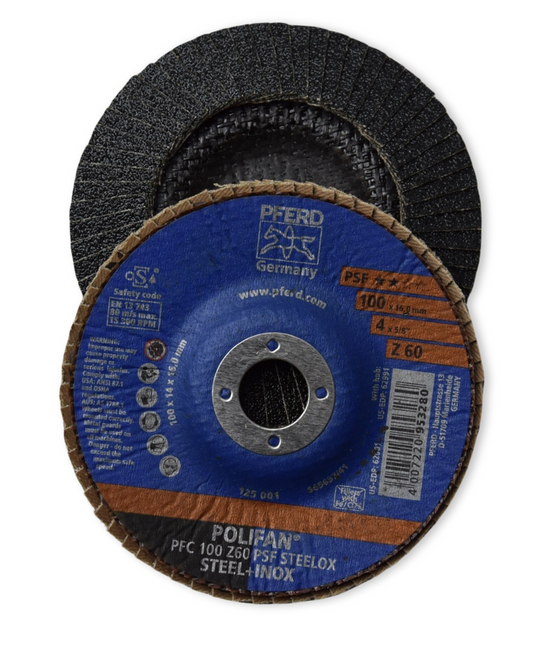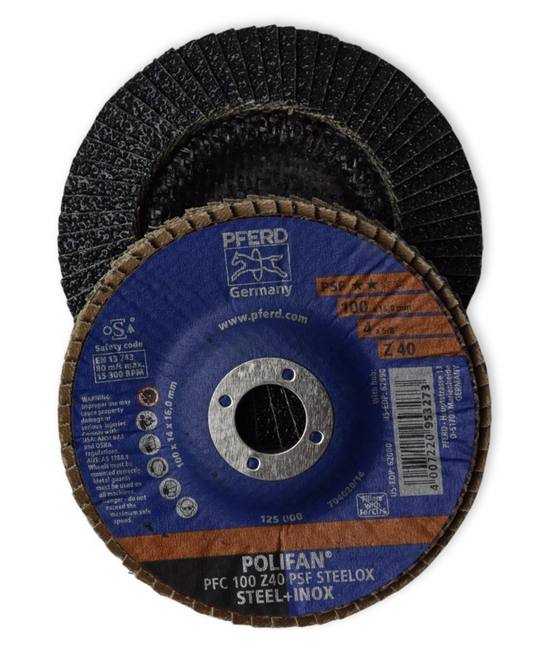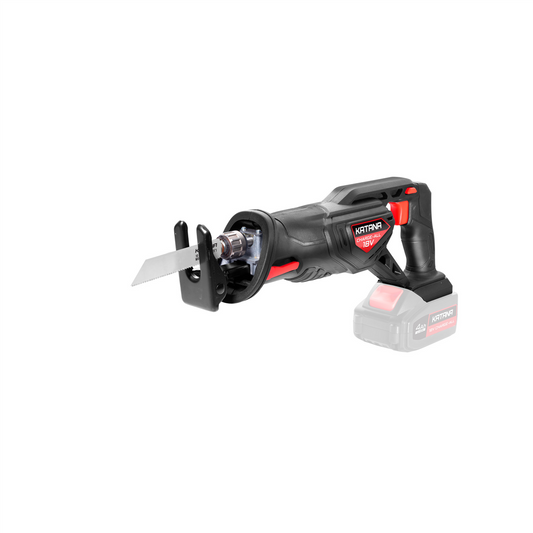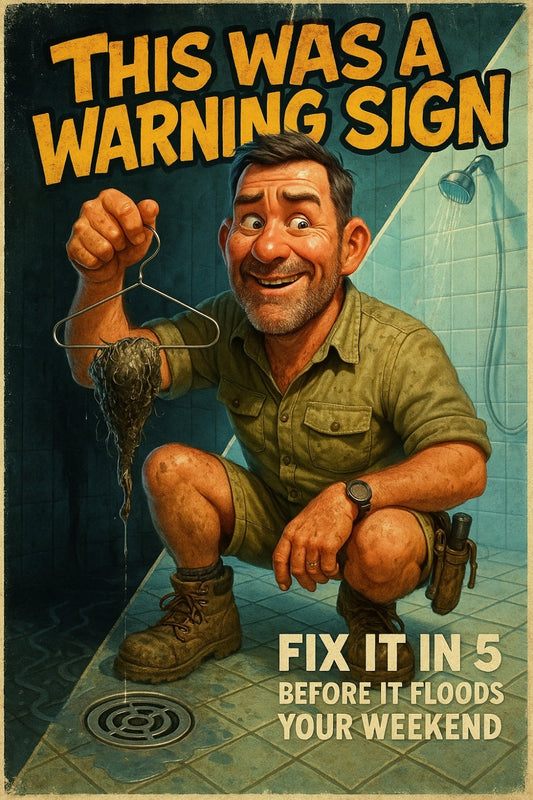Deep clean without regret: the surfaces you’re scrubbing might not survive your shortcut.
Share
Deep Clean Smarter, Not Harder — While Keeping Every Surface Safe
When it comes to deep cleaning, we often dive in with good intentions, a strong pair of gloves, and a bucketful of determination. But somewhere between scrubbing the grout and attacking the skirting boards, things can head sideways. A splash of bleach too strong, a scrub too rough — and you’ve just taken the shine off more than you cleaned.
This guide will show you how to deep clean your home thoroughly — without damaging your surfaces. Because let’s be honest, a spotless kitchen benchtop means nothing if it’s lost its finish.
The Trouble with “One-Size-Fits-All” Cleaners
Let’s get this out of the way: not all surfaces are created equal. What works like magic on tiles can absolutely wreck timber. And vinegar — that pantry hero — isn’t as innocent as it seems when it meets certain natural stone countertops.
“Every product tells a story. But not every story belongs on your splashback.” — Candeece H
The key is knowing your materials, and treating them with the right product, in the right intensity, for the right reason. Skip that, and you’re cruising for a redo.
Surface-by-Surface Wisdom
Here’s a breakdown of how to clean some common surfaces gently — and effectively:
1. Timber Floors & Furniture
- Use a damp (not wet!) mop with mild, pH-balanced cleaner formulated for wood.
- Avoid steam mops, abrasive scouring tools, and anything citrus-based unless your product specifically says it’s safe for timber.
- Always dry the area immediately to prevent swelling or warping.
2. Stone Benchtops (like Granite, Marble & Quartz)
- Skip the vinegar. Acid can etch and dull stone surfaces, permanently.
- Go for a specialised stone cleaner or a microfibre cloth dampened with warm water and a touch of dish soap.
- Seal as required — this keeps stains and grime out before they settle in.
3. Tile & Grout
- Use an alkaline-based grout cleaner and a soft brush to lift grime without damaging tile glaze.
- If you’re tackling mould, ventilate well and avoid mixing chemicals (especially bleach and ammonia — dangerous combo).
- Rinse thoroughly and dry, especially around splash zones like kitchens and showers.
4. Painted Walls
- Dust first. Trust us, it makes the rest easier and less streaky.
- Use a microfibre cloth or sponge with lukewarm water and gentle detergent.
- Test first in a low-traffic spot — some older paints or matte finishes don’t love the scrub.
Always read labels. Always test things in an out-of-sight patch. Always ask if you’re unsure.
Don’t Just Clean. Protect What You’ve Built.
That oak floor? The one you levelled, sanded, and sealed? Worth giving it the right care. The polished concrete in the laundry nook? Hit that with the wrong compound and you could stain it permanently.
Every surface tells the story of the home — its age, its upgrades, the work that’s gone in. Cleaning’s not just about removing dirt. It’s about protecting those stories.
Tools That Respect the Surface
Don’t underestimate the power of having the right tools in your kit:
- Microfibre cloths: trap dust and gently lift grime.
- Foam sponges: gentle on glosses, tough on scuffs.
- Extendable wands or angled heads: reach into awkward corners without over-spraying.
And sometimes it’s what you don’t use that saves the day — steer clear of wire brushes, overly stiff bristles, and “all-purpose” labels if you haven’t checked them out properly. It’s quick to spray. Slower to sand back and recoat.
A Quick Word About Scent
Don’t go overboard with the fake lemon or lavender haze. Rooms aren’t clean because they smell clean — they’re clean because they’ve been cared for. Let the fresh air in, turn up a bit of your favourite music, and get into it sensibly. Simple as that.
What Could Go Wrong?
- Using bleach on coloured grout — enjoy your new patchy look.
- Steam-mopping laminate — hope you like bubbles.
- Going hard with abrasive scrubbers on acrylic bath surfaces — hello scratches and hazing.
These aren’t “oopsies” — they’re common. And they cost time to fix. Careful cleaning is clever maintenance.
Clean Homes Sell Better
There, we said it. Whether it's a family home about to hit the market or a tidy rental ready to list — deep cleaning adds polish, appeal, and peace of mind. Doors that don’t stick from old grime, handles that sparkle instead of smudge, skirtings that don’t wear a shadow line of muck... it all adds up to a space that feels looked after.
“There’s clean, and then there’s ‘move-in ready’ clean. Don’t aim for tidy. Aim for pride.” — Candeece H
Final Tip Before You Lift a Cloth
Work slow. Not forever-slow. Just... methodical. Start top to bottom. Dry before wet. Ventilate. And use fewer chemicals where a little elbow grease (and the right tool) will do.
So, before you hit your floors with something heavy-duty, ask: What is this surface made of… and what’s the gentlest way to bring it back to life?
Clean with confidence — and keep your focus on results, not rework.
See you in the aisles or out on site,
— Candeece H

Stay Connected
Follow our Facebook Page: Strathalbyn H Hardware on Facebook

